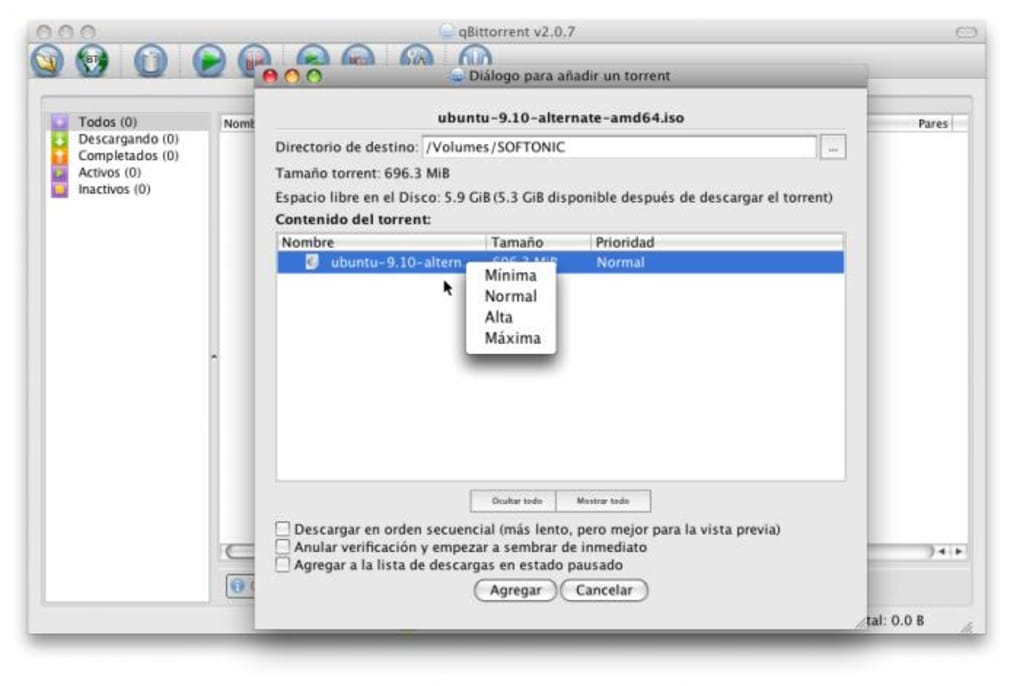

- #Qbittorrent port forwarding how to#
- #Qbittorrent port forwarding install#
- #Qbittorrent port forwarding full#
- #Qbittorrent port forwarding software#
You have the option to upload local torrents or add magnet links. Under the Authentication section, change both username and password.Īnd now you can start downloading torrents on your CentOS 8/RHEL 8 server. Go to Tools > Options and select the Web UI tab. It’s strongly recommended to change the default username and password. To access the qBittorrent Web UI from local network, enter the Ubuntu server’s private IP address followed by the port number like below.

We can see that qBittorrent autostart is enabled and it’s running. Hint: If the above command doesn’t quit immediately, press Q to gain back control of the terminal. sudo systemctl start rviceĬheck status systemctl status rvice Now we can start the qBittorrent service with the following command. Replace username with your actual username. Enable qbittorrent-nox to auto-start at boot time by running the below command. Under /usr/lib/systemd/system/ directory, you will find a file. The qbittorrent-nox package ships with the needed systemd service file. We can create a systemd service unit so it can run in the background and also automatically start at system boot time. However, starting qBittorrent-nox this way isn’t recommended, because you can’t run other commands while it’s running. You can start qBitorrent-nox with: qbittorrent-nox qBittorrent-nox is meant to be controlled via its feature-rich Web UI which is accessible as a default on The Web UI access is secured and the default account username is “ admin” with “ adminadmin” as a password.
#Qbittorrent port forwarding install#
Note that we need to install qbittorrent-nox (without X), instead of qbittorrent. SSH into your CentOS 8/RHEL 8 server and run the following commands to install qBittorrent daemon. You can install qBittorrent command-line client on a headless CentOS 8/RHEL 8 server and manage it via the qBittorrent web interface (You control it in a web browser).
#Qbittorrent port forwarding how to#
How to Install qBittorrent on CentOS 8/RHEL 8 Server Replace 12.34.56.78 with the public IP address of your router. If you are going to access qBittorrent from outside network, then make sure you have enabled UPnP/NAT-PMP and you will need to enter something like below in the web browser. sudo firewall-cmd -permanent -add-port=8080/tcp If the qBittorrent web interface can’t be loaded, it might be that you need to open TCP port 8080 in the firewall with the following two commands. Now in my local network, I can access qBittorrent web interface via 192.168.0.102:8080.
#Qbittorrent port forwarding software#
QBittorrent is included in the EPEL software repository. Install qBittorrent on CentOS 8/RHEL 8 Desktop
#Qbittorrent port forwarding full#


 0 kommentar(er)
0 kommentar(er)
